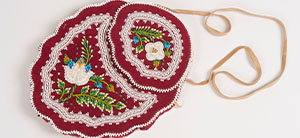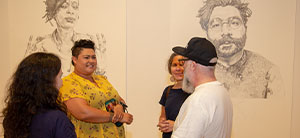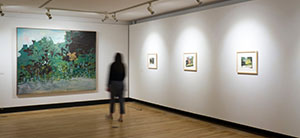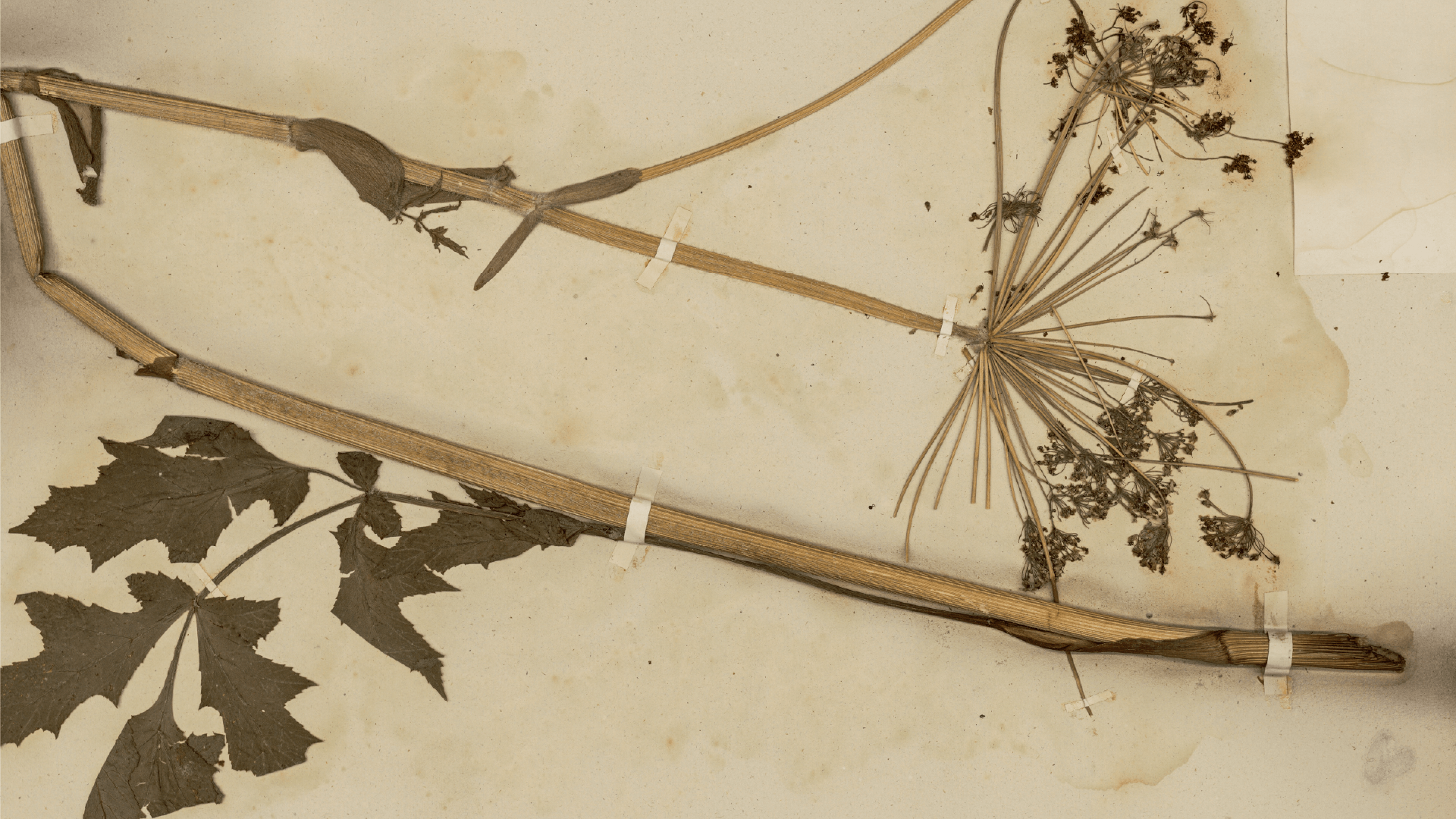
Planting Displacement
The work of Montreal-based Iranian artist Anahita Norouzi stems from her long-term research into the intersections of identity and memory, especially in relation to experiences of immigration and displacement. This exhibition examines the legacies of botanical explorations, when scientific research and agricultural production became entangled in the exploitation of non-Western geographies, shaping cultural attitudes towards the human and non-human “other.” By underlining hostilities towards displaced persons and migrating plants alike, through terminology used to describe both as foreign and invasive, Norouzi draws attention to the fragile and conflicted state of those who had to leave their homes behind.
Planting Displacement brings together an expansive body of her work that includes archival documents, photographs, cyanotypes, sculptures, and videos, all of which investigate the plant colloquially referred to as giant hogweed. Originating in Southwest Asia and known in the artist’s ancestral homeland of Iran as Heracleum persicum (Persian hogweed), the plant spread to the West in the nineteenth and twentieth centuries through European colonial interventions, trade routes, and Western interest in acquiring “exotic” species. In recent decades it has been recognized as a noxious weed in southern Canada affecting native flora and fauna, and human beings too, due to its toxic sap. Today, there are national campaigns to not only ban the cultivation of this plant, but to also eradicate and curb its growth. Norouzi sheds light on the history and changing perceptions of giant hogweed, while marking its gradual disappearance.
Image detail: Anahita Norouzi, Arid Florilegium (detail), 2022, archival prints on paper and archival matte paper, 23 x 35 cm

AGG’s interactive tours are presented with the support of the 2020 City of Guelph Emergency Fund.
Virtual Tour
View More Virtual Tours
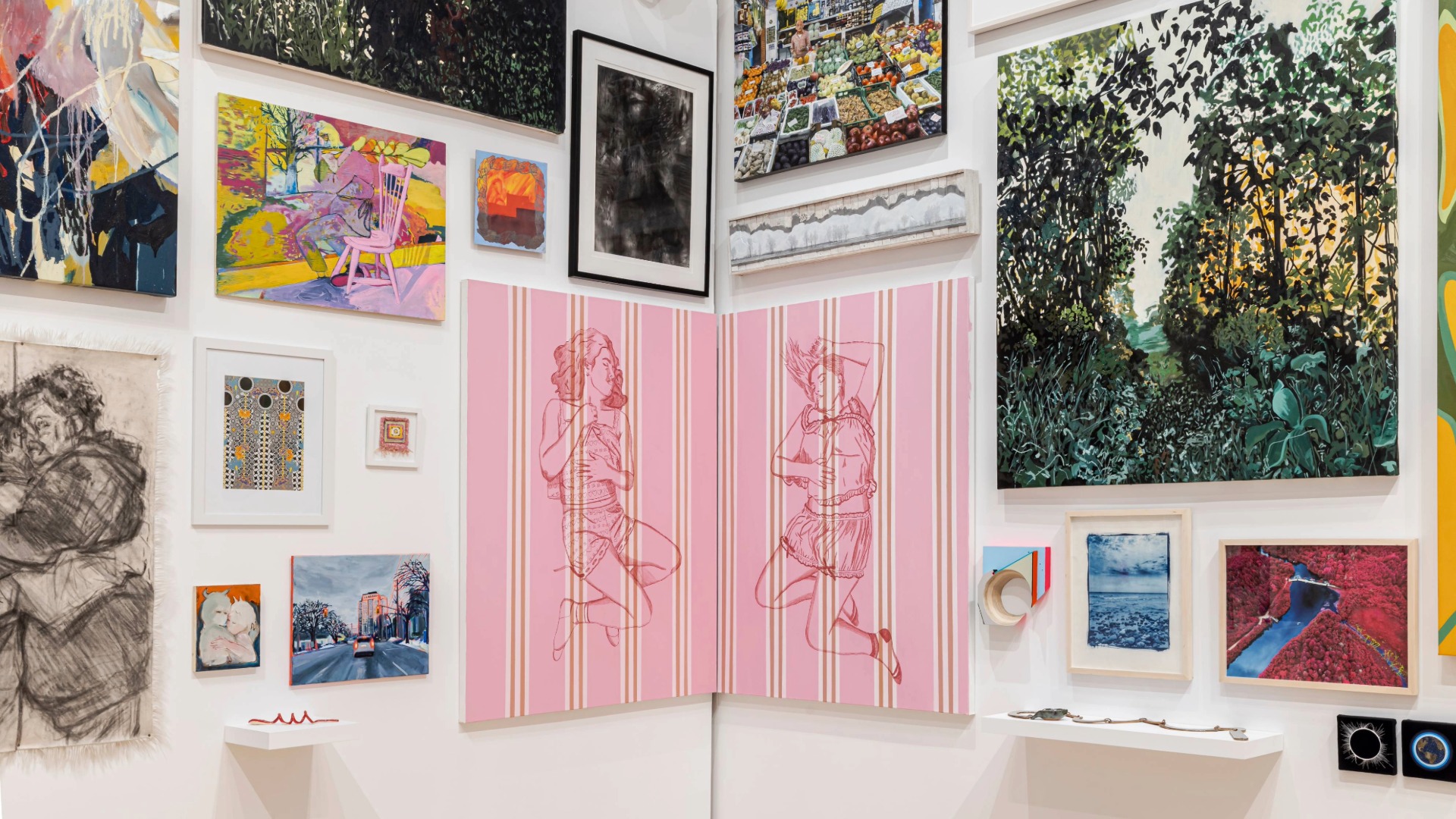
Virtual Tour
May 22.2025 August 29.2025
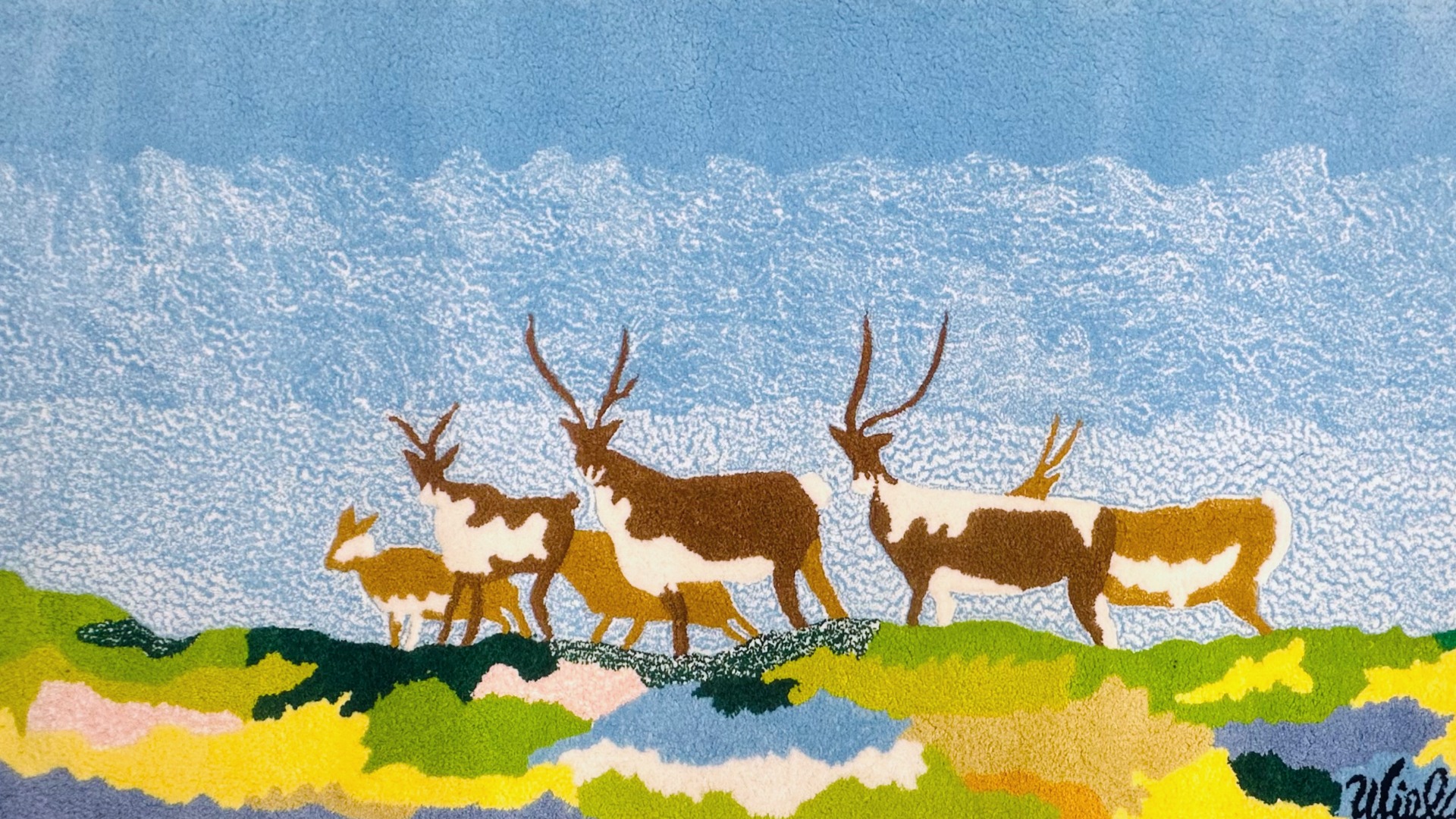
Virtual Tour
May 22.2025 August 29.2025
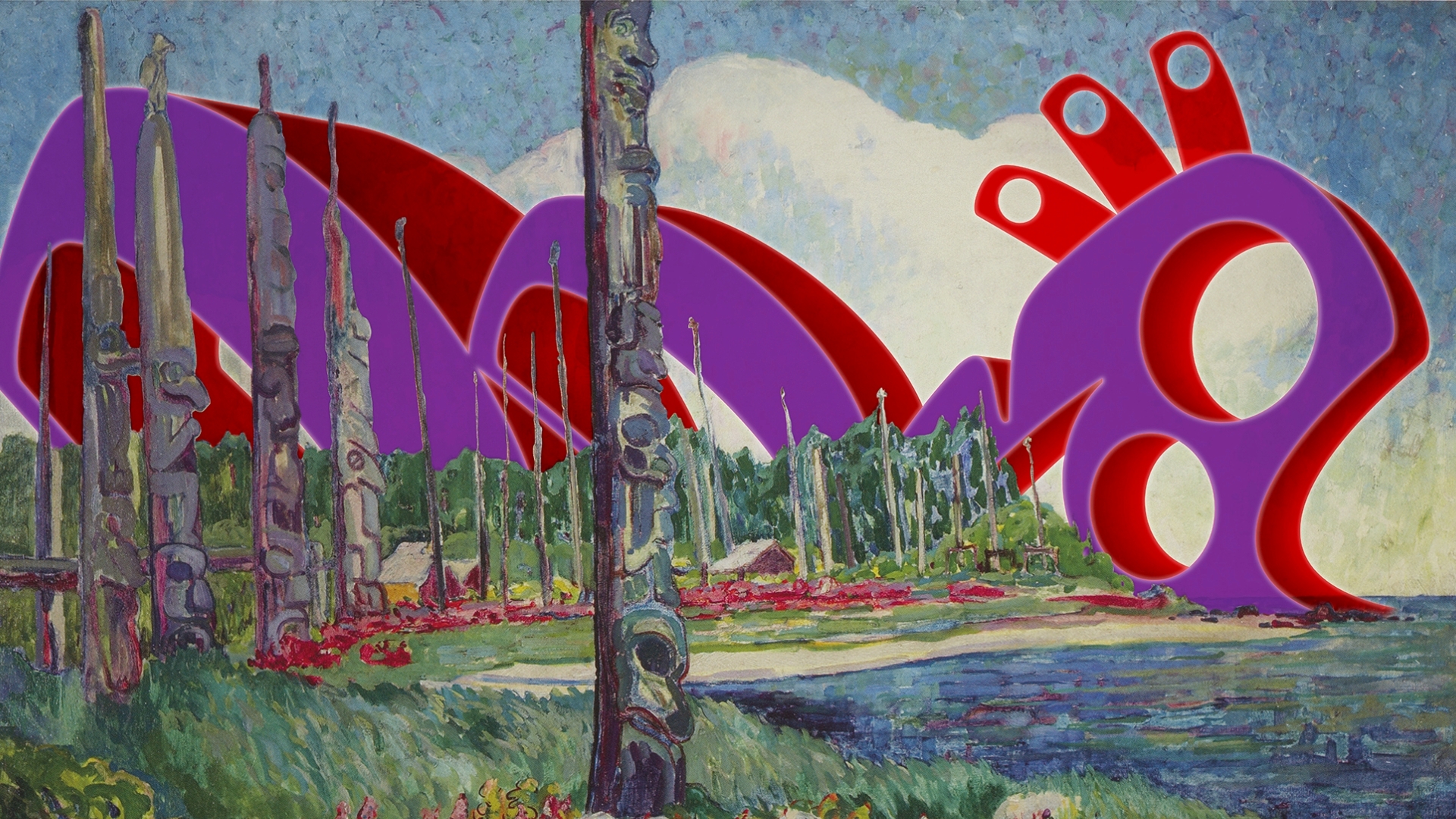
Virtual Tour
Contemporary Indigenous Artists at AGG
January 16.2025 May 4.2025
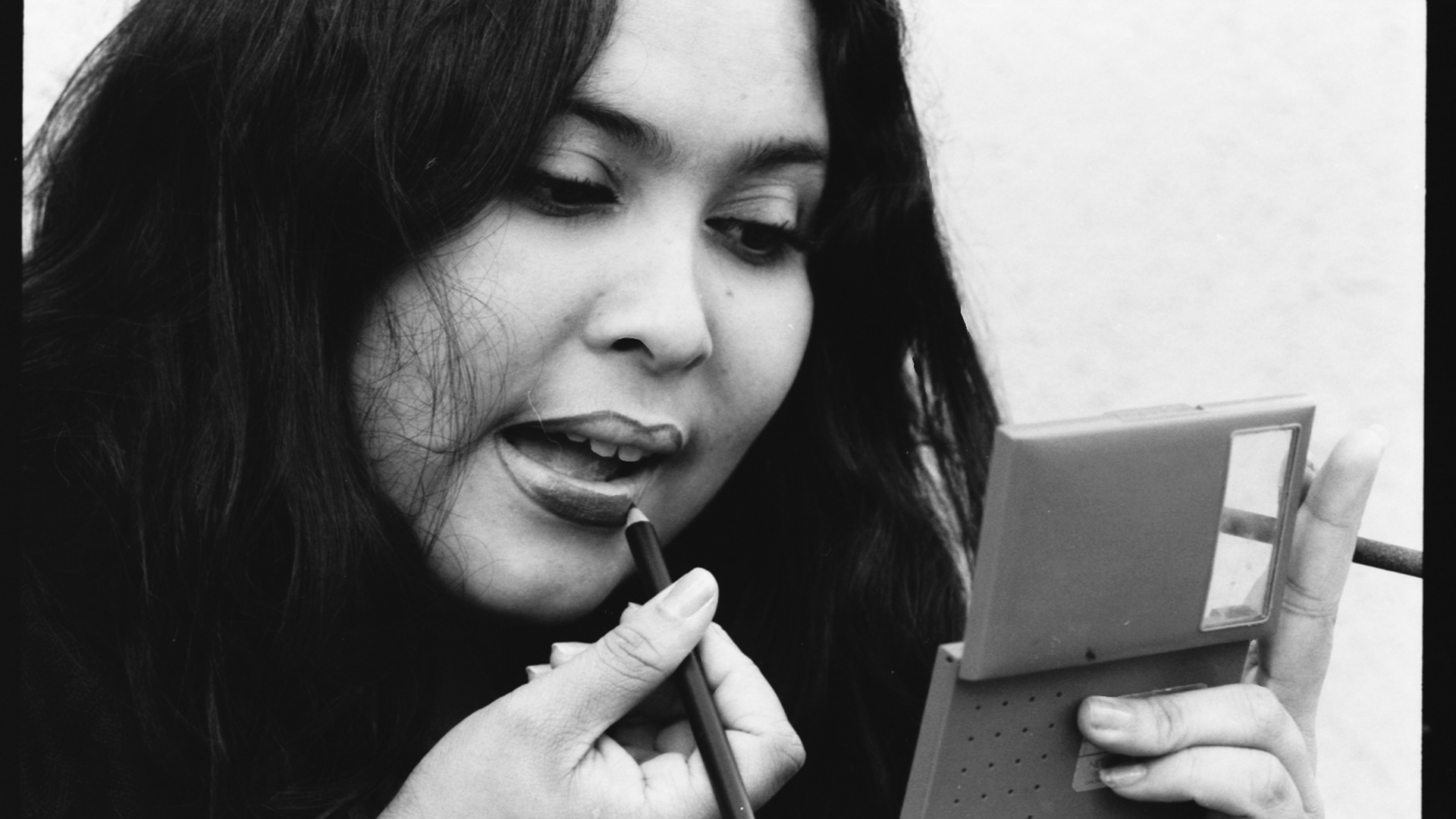
Virtual Tour
September 12.2024 December 15.2024
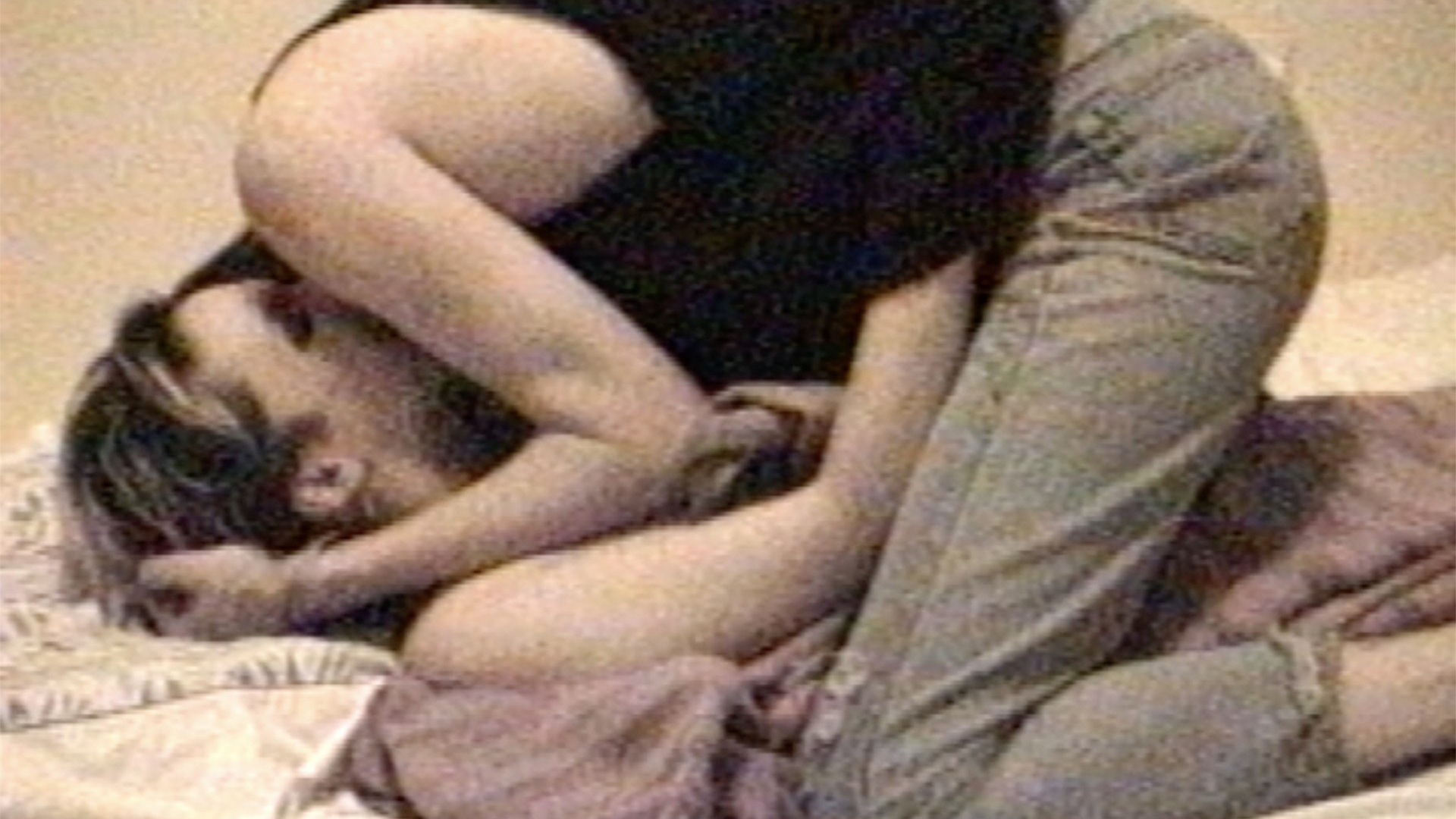
Virtual Tour
September 12.2024 December 15.2024

Virtual Tour
September 5.2024 December 29.2024
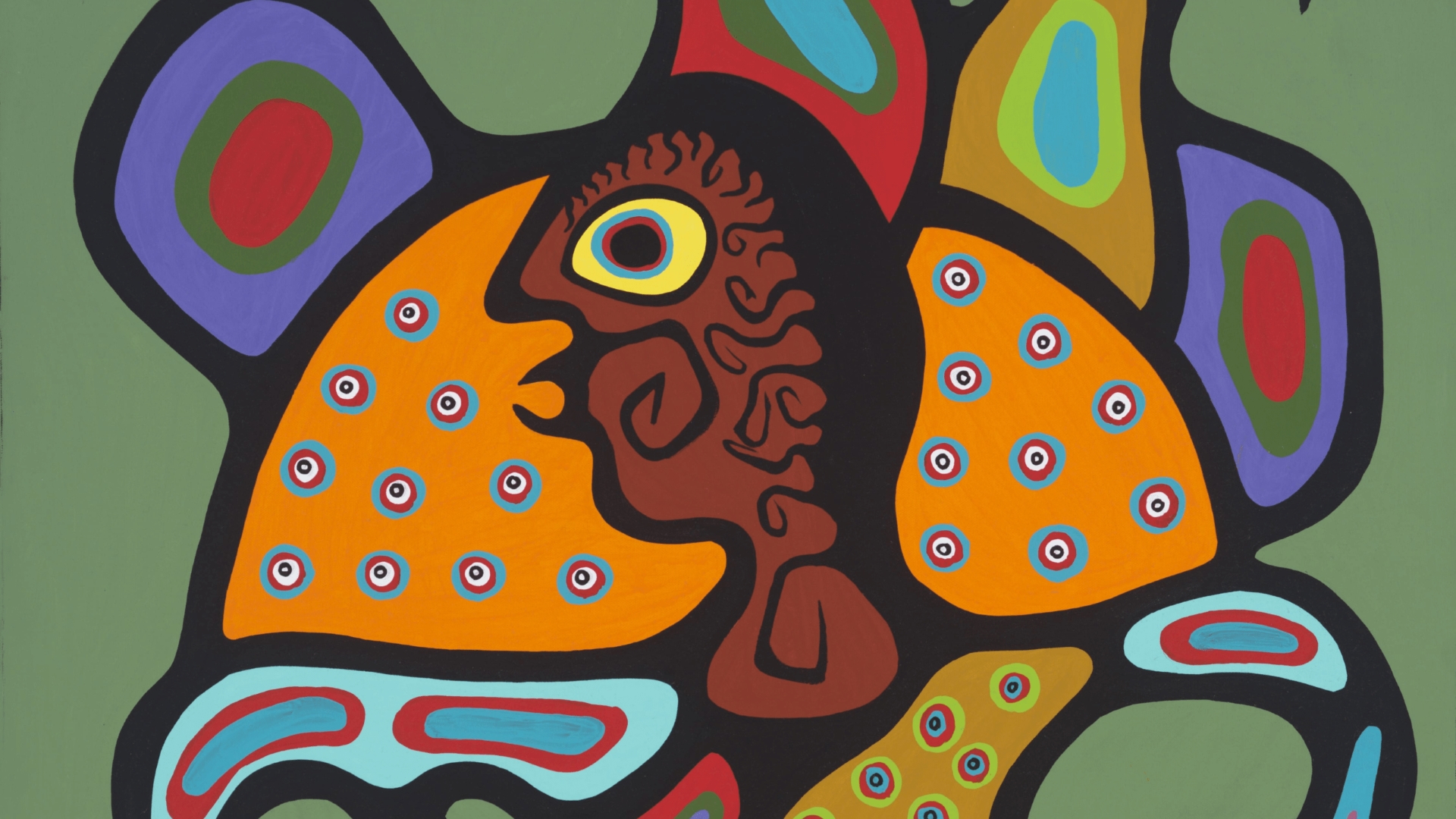
Virtual Tour
June 13.2024 August 25.2024
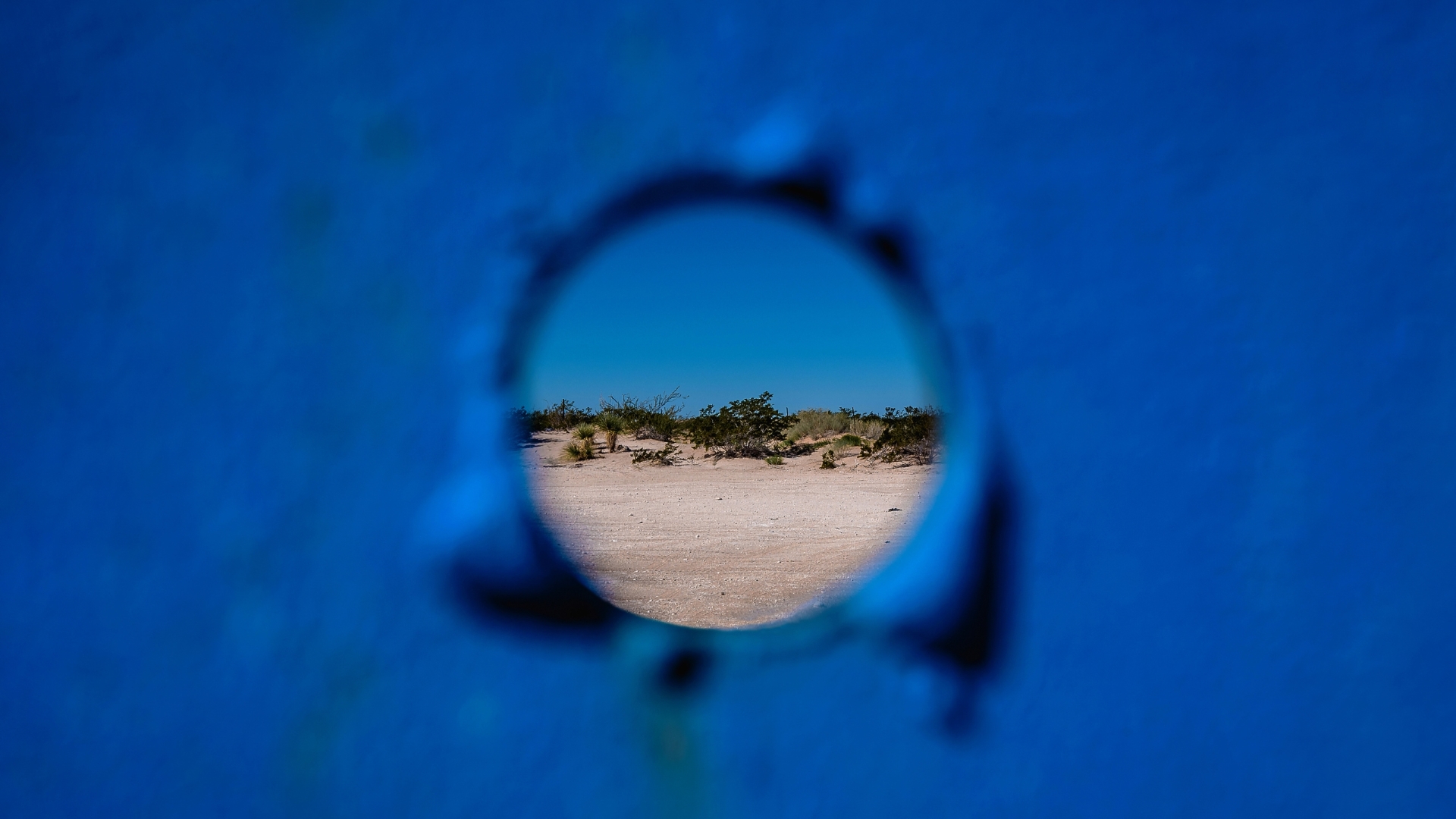
Virtual Tour
May 2.2024 August 30.2024



